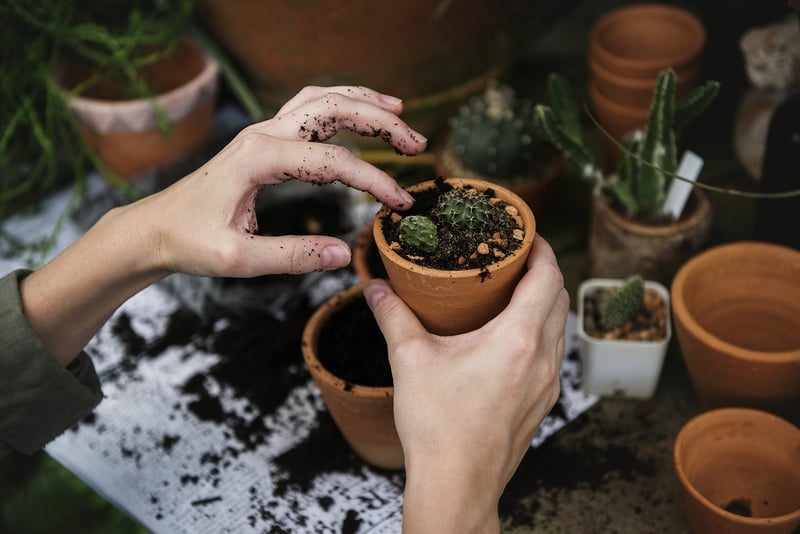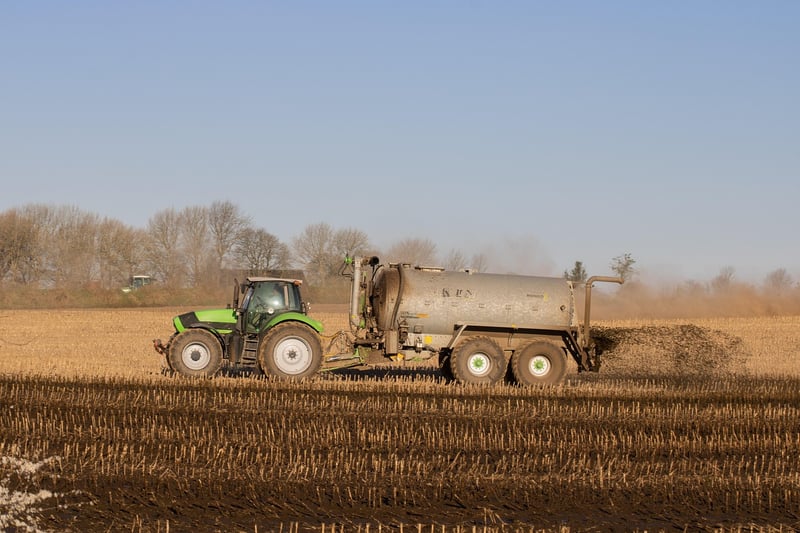Fertilizing Plants
Essential Plant Maintenance and Fertilizing Guide
Introduction
Welcome to our comprehensive guide on plant maintenance and fertilizing. Whether you're a seasoned gardener or just starting with houseplants, proper care and feeding are essential for thriving plants.
Plant Maintenance
Regular maintenance is crucial for the health and growth of your plants. Here are some key tips:
- Watering: Ensure your plants receive adequate water based on their specific needs. Overwatering or underwatering can harm them.
- Light: Place your plants in locations where they can receive appropriate sunlight. Different plants have different light requirements.
- Pruning: Trim dead leaves and branches to promote new growth and maintain the plant's shape.
- Repotting: Repot your plants when they outgrow their current containers to provide more space for roots to grow.
- Cleaning: Dust off leaves regularly to allow proper absorption of sunlight.
Fertilizing Plants
Plants need nutrients to thrive, and fertilizers can provide these essential elements. Here's what you need to know:
- Types of Fertilizers: There are various types of fertilizers available, including liquid, granular, and slow-release. Choose based on your plant's needs.
- Schedule: Follow a fertilizing schedule based on the plant type and season. Typically, plants need fertilizing during the growing season.
- Application: Apply fertilizers as directed on the packaging, ensuring not to over-fertilize as it can harm the plants.
- Organic Options: Consider using organic fertilizers for a more sustainable and eco-friendly approach to plant care.
Conclusion
By following these plant maintenance and fertilizing guidelines, you can ensure healthy and vibrant plants in your indoor or outdoor spaces. Remember, each plant is unique, so understanding its specific needs is key to successful care.


For more detailed information, consult with your local plant nursery or gardening experts. Happy gardening!
